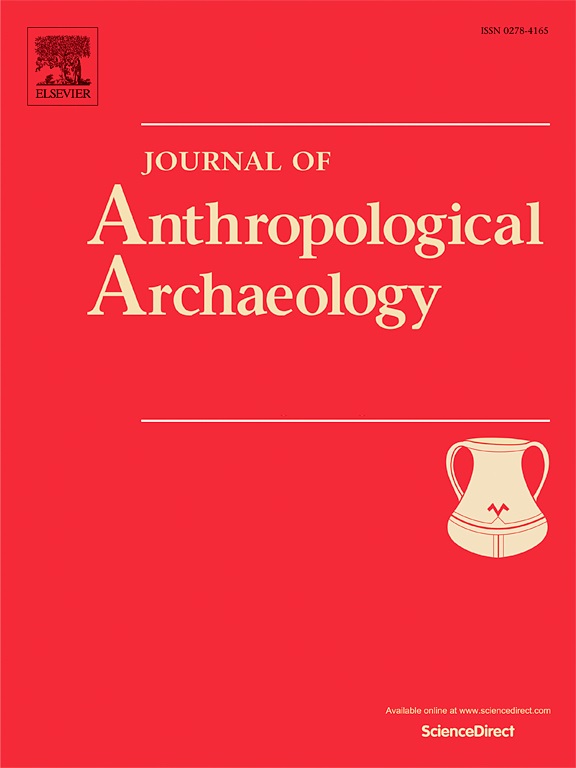Abstract
The appearance of the Early Transcaucasian Culture (ETC) across large portions of the Near East in the 3rd millennium BC is commonly cited as one of the best archaeologically documented and broadly studied cases of a prehistoric migration. This study uses the ETC to develop a model of what happens when migrants move into regions that are already inhabited by emerging or complex societies. In particular, this study focuses on how immigrant populations can integrate themselves into indigenous communities in a physical, socio-political and economic sense, and how a migrant group’s identity can be constructed and maintained alongside these indigenous communities.
Multiple lines of evidence, including settlement patterns, ceramic evidence and textual records, are used to postulate an economic niche for the ETC in viti- and viniculture, which has a long recorded history in Transcaucasia, commonly regarded as the place of origin of the ETC. The production of a consumable high status commodity such as wine by ETC immigrants provided them with the socioeconomic status that allowed them to maintain their social identity in an archaeologically visible manner in their new homelands for extended periods of time. Furthermore, the increased production of wine provided by the immigrants eventually changes the availability of this commodity and transforming its use and transforms its consumption in North Syrian societies.
Publication Type
- Article



